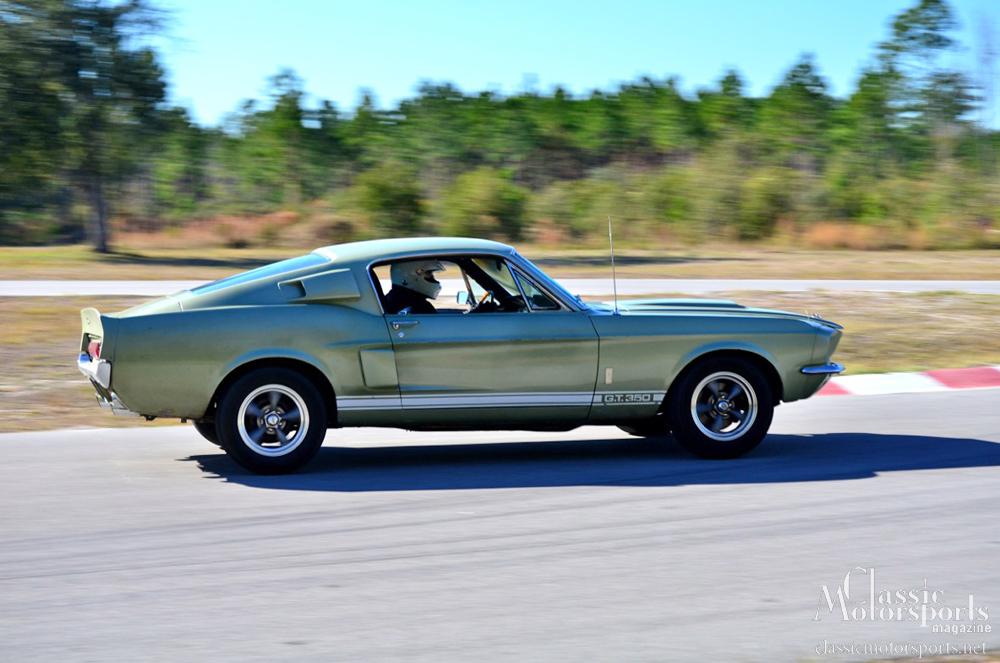

With the cosmetics completed, it was time to turn our attention to the underside of our Shelby again. We were mostly just restoring the first time around. Heck, this was an original 1967 GT350 Shelby; how wacky did we really want to go when it came to chassis modifications?
That said, we already had nearly 500 horsepower’s worth of Ford Racing crate engine in the car, so we weren’t exactly keeping everything in the car bone stock.
We had chosen early on to opt for Koni shocks at all four corners, a limited slip differential and 550-pound front coil springs at the recommendation of our partners: Cobra Restorers, Orlando Mustang and National Parts Depot. At the rear, we were running the stock 1967 Shelby Mustang springs, which are beefier than normal Mustang leaf springs.
The aforementioned changes are relatively minor in the world of Mustang tuning (except the engine swap, of course). We felt the next step was to baseline the car before attempting any further changes. We do most of our testing at The FIRM, in Keystone Heights, Florida.
We quickly learned some very import facts in this very enjoyable testing session. First, despite being 45 years old, a 1967 Shelby GT 350 is one badass machine. One of the instructors at the FIRM turns a 1:23.9 in his modified Honda S2000 track car on track tires. We cut the power steering belt, but made no tweaks to our Shelby. After just a few laps of practice, we were able to turn a 1:27 on our all-season tires.
We had cut the belt not for performance, but because of a catastrophic leak in our power steering system. There’s also a horrific dead spot at the center of the steering. This would be the last time that we ran this stock power steering, as there are several modern alternative fixes to this absolutely awful old system.
Despite the smallish 225/60R15 Kumho tires on rather puny 15x7” wheels, this car’s chassis is inherently very good. Sure, it was likely to initially push coming of a corner, but the limited slip works well, there is plenty of power to come out of the corners despite the 3.25:1 final drive ratio. Despite low traction with our wheel-and-tire combination, the car does not have any evil tendencies.
Overall, this car is fast and relatively easy to drive. The chassis is predictable and body roll is not excessive. Unsurprisingly, the stock brakes were not up to the task of repeated track laps with that much horsepower, but we were still very happy with the car’s performance and reliability. It ran cool and perfectly all day.
Anticipating brake problems under future track use, we already have procured a low-cost Wilwood front brake upgrade kit. We’ll install that shortly. Another upgrade we have planned is 16x7-inch front and 16x8-inch rear wheels, shod with BFGoodrich ultra-high-performance tires.
Here’s the bottom line: The car is fun to drive and has a pretty damned decent chassis. With some alignment changes, anti-roll bar tweaking, that Wilwood brake kit, and some updated power steering, we’re confident we’ll be near record track times at the FIRM. All this in a 45-year-old, air conditioned car that is comfortable to drive to and from the track.
| Get untamed Mustangs delivered to your mailbox. Subscribe now for tons of sports car content delivered throughout the year. |
View all comments on the CMS forums
You'll need to log in to post.